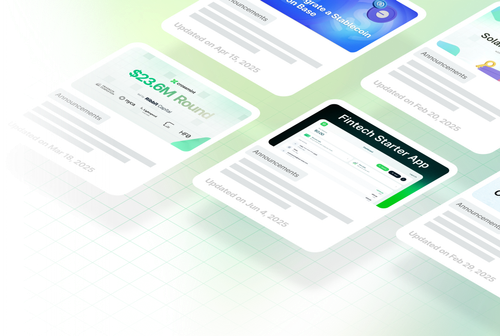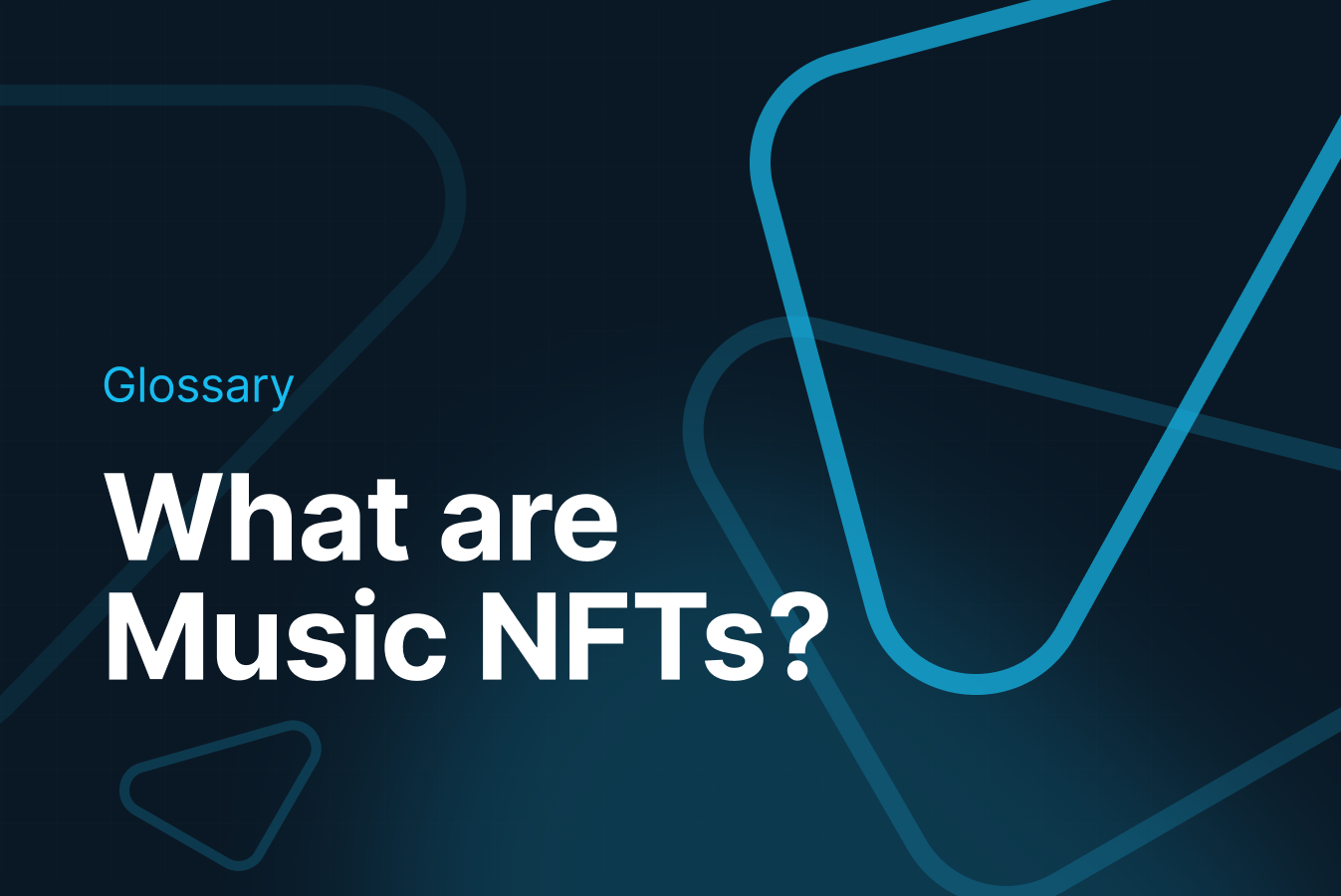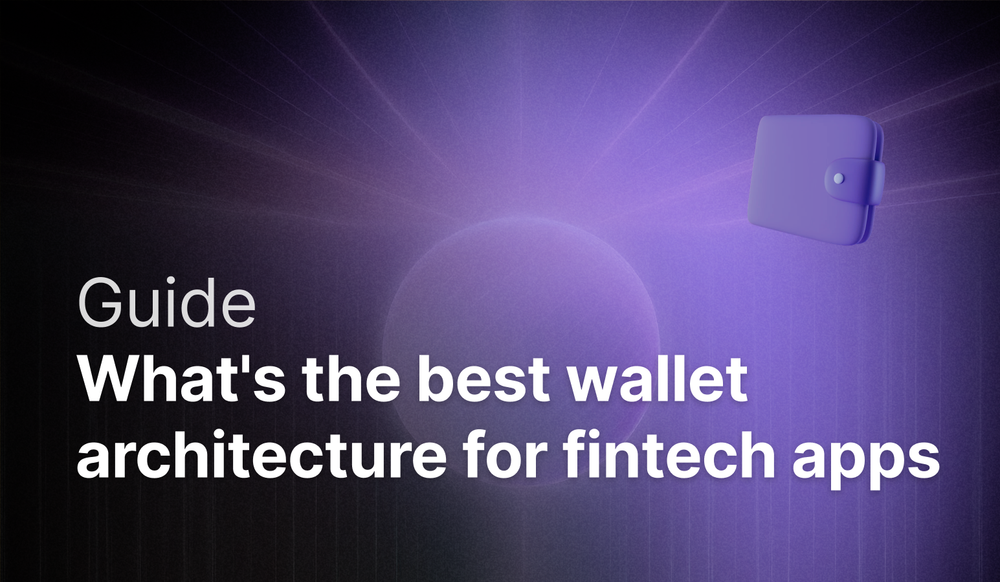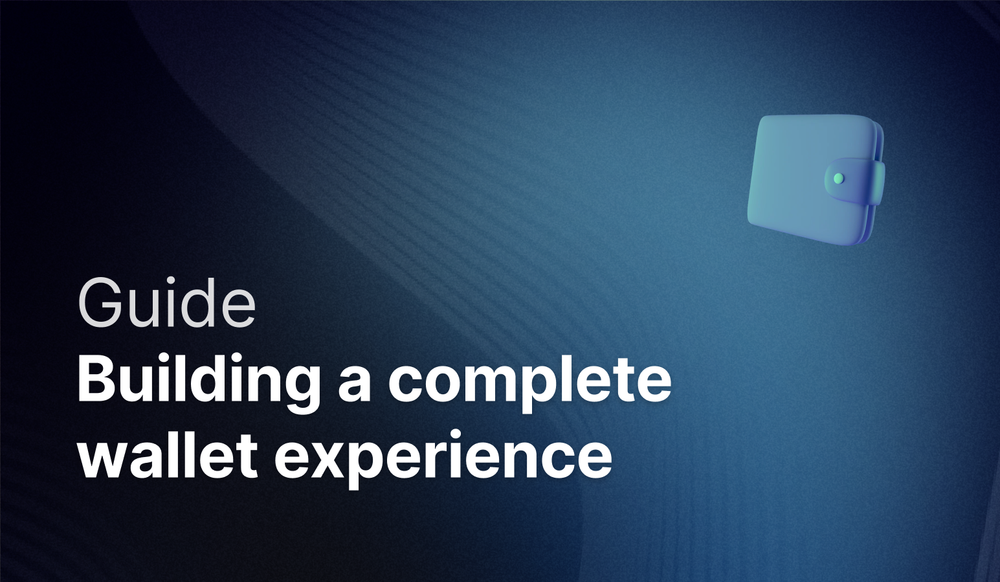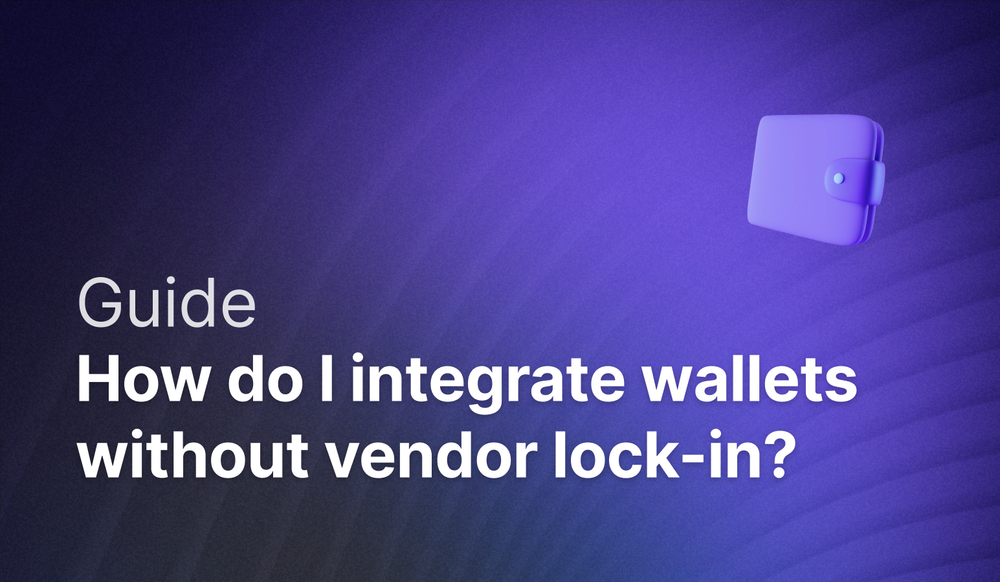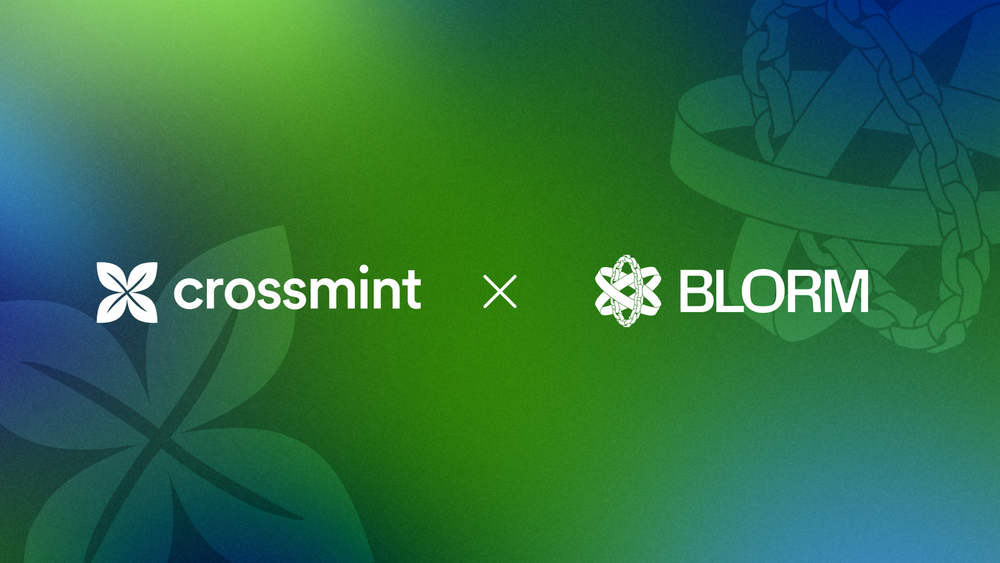It's the late 90s, and a hit single could propel a CD to platinum status, filling an artist's pockets with royalties from each $15 sale (that is if they had a good deal with the Record Labels, of course). Fast forward to the streaming age, where the same hit song needs hundreds of millions of streams across platforms like Spotify or Apple Music to generate comparable revenue.
The stark contrast in earnings highlights a pressing issue for musicians in the digital age: the challenge of monetizing their art in a world of fractional pennies per stream.
What if there was a new chapter on the horizon? Crypto and NFTs are a revolution of digital value - can it bring the same revolution to the music industry?
How is Blockchain Used in the Music Industry?
In the ever-evolving tapestry of the music industry, blockchain technology is the latest thread weaving through, altering the pattern of creation, distribution, and ownership.
As we see in the Digital Collectible industry and cryptocurrencies, NFTs have the opportunity to revolutionize digital ownership. For the first time, artists can own what they produce, and make a fair share of profit from their work.
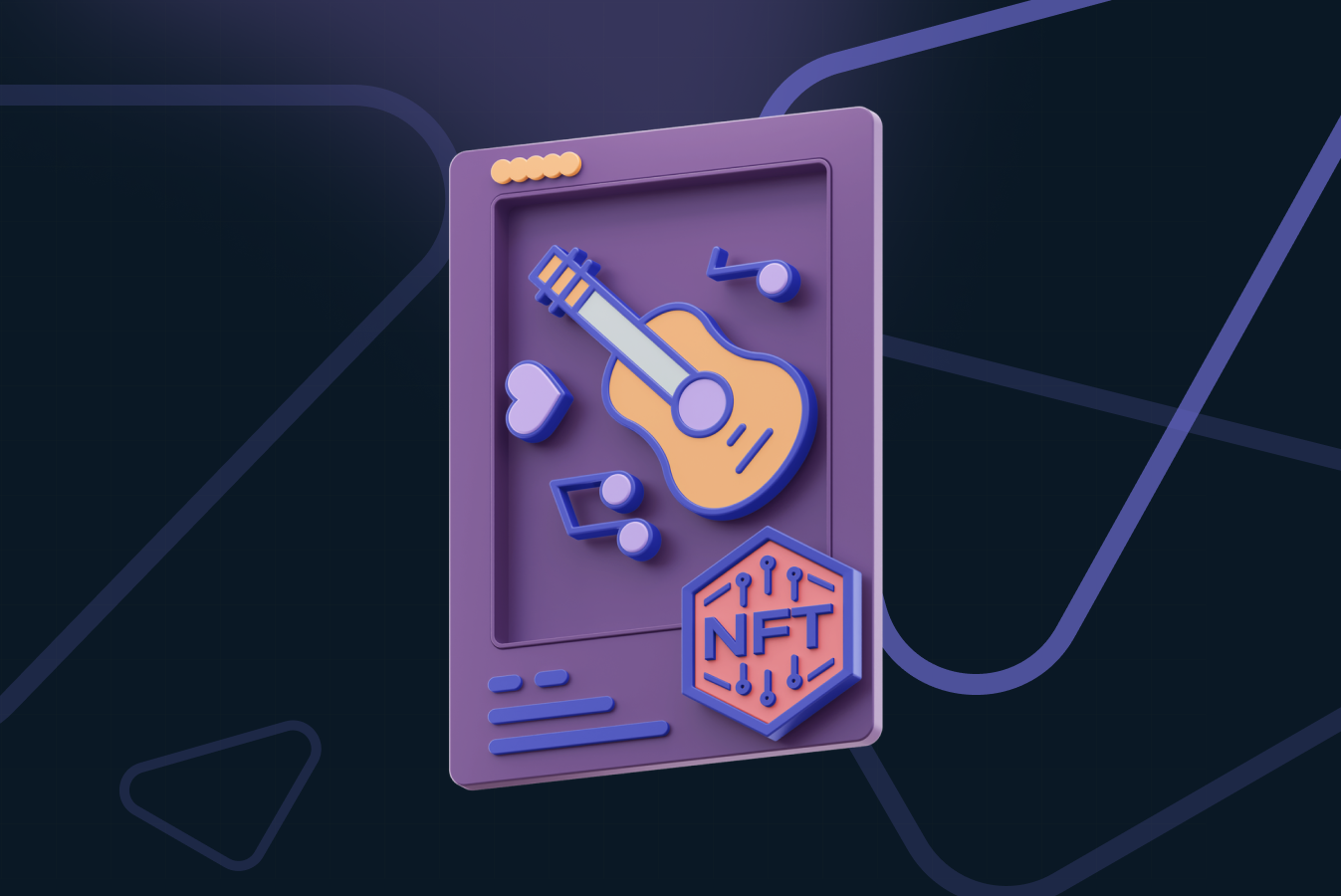
What are Music NFTs and How Can They Be Used?
Non-Fungible Tokens (NFTs) in music are unique digital assets representing ownership or rights to musical works. They're stored on a blockchain, ensuring their authenticity and rarity. This technology empowers artists to sell music directly to their fans, creating a novel revenue stream and redefining fan engagement.
Use Cases for Music NFTs:
- Direct Sales and Ownership: Artists bypass traditional platforms, selling directly to fans and keeping more revenue.
- Limited Edition Releases: Exclusive tracks or albums are released as NFTs, enhancing their value as collectibles.
- Proof of Authenticity and Rights: NFTs provide a clear, immutable record of ownership and rights.
- Royalty Management: Smart contracts on blockchain automate royalty payments, simplifying the distribution of earnings.
Benefits for Creators
The marriage of music and NFTs offers creators not just a new revenue model but a direct way to connect with their audience.
Financial Benefits:
- Direct Revenue: Selling music as NFTs allows artists to directly monetize their work without intermediaries.
- Secondary Market Royalties: Artists benefit from royalties on secondary sales, creating a sustainable income stream.
- Price Control: Creators set their NFT prices, reflecting the true value of their work and market demand.
Engagement and Community Building:
- Exclusive Access: NFTs can grant fans special access to content, experiences, or merchandise, fostering loyalty.
- Personal Connection: Direct sales promote a closer relationship between artists and fans.
- Community Building: NFTs can act as members within a fan community, encouraging support and interaction.
Creative Control and Rights Management:
- Intellectual Property Protection: The blockchain protects creators' rights, offering a secure way to manage intellectual property.
- Creative Freedom: Artists have the liberty to experiment with their music and its release, free from traditional constraints.
How can Crossmint Help?
Music NFTs are potentially as disruptive to the Music Industry as digital music 20 years ago - so how can Crossmint help?
Let's look at a use case from Anotherblock, which issues NFT music as Digital Collectibles. The twist here is that any piece of music issued by Anotherblock is a collaboration between the platform and the artists on rare pieces of music that aren't included in the traditional distributional channel - for example, its latest music drop was the never-before-heard Jackson 5 recording (actually the first ever recording of Michael Jackson).
Crossmint supported Anotherblock with the NFT payment infrastructure where users can pay either in fiat currency with their Credit Cards or with cryptocurrencies.
The result: the collection sold out in 12 hours and brought in an equivalence of 25,000,000 Spotify streams for the Jackson Family.
This is only the early days of Music NFTs - keen to build more NFT use cases with Crossmint? Get in touch and learn more about how Crossmint's wallet infrastructure can support any use case across 40+ chains.



